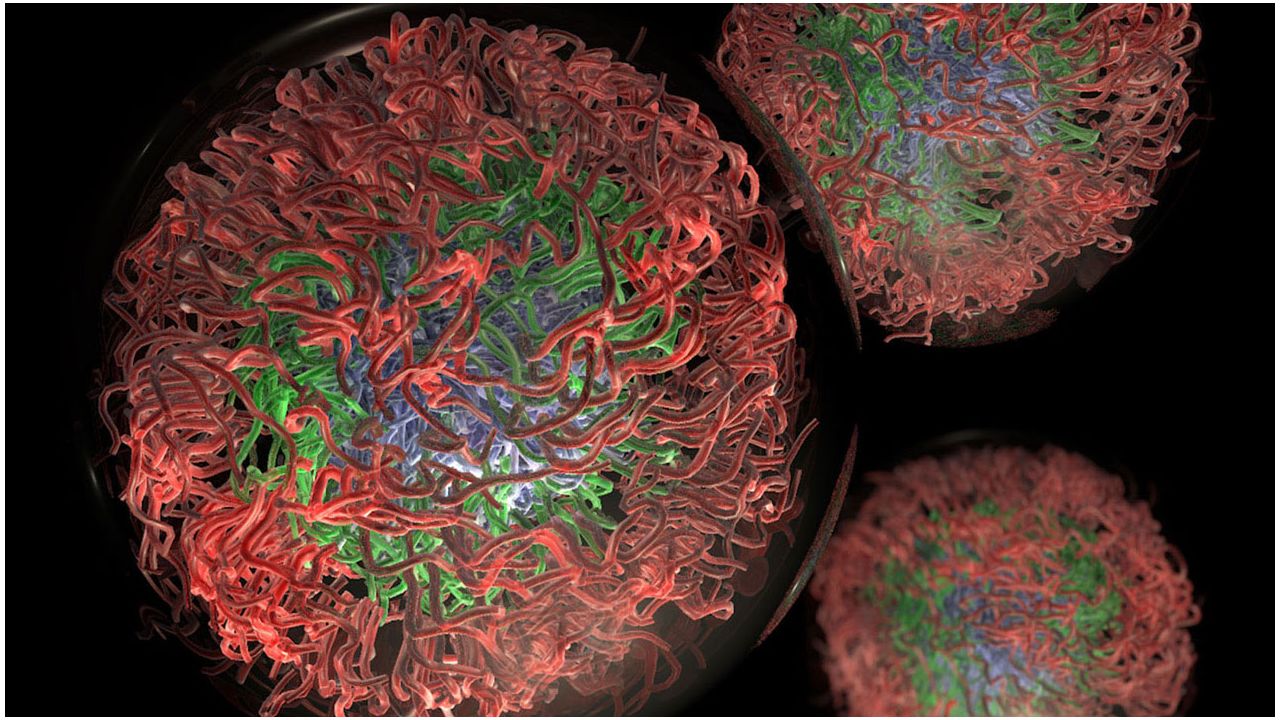Proteins are the building blocks of life; they are drivers of growth and development, the spread of viruses and bacteria, have key roles in disease pathways, and virtually all cellular functions.
The paradigm of proteins has been changed by the occurrence of intrinsically disordered proteins (IDPs). Intrinsically disordered proteins denote proteins characterized by the lack of stable secondary or tertiary structure under physiological conditions or in the absence of a binding partner. Unlike structural (ordered) proteins that fold into a single, stable 3D structure, IDPs have no well-defined structure and exist as heterogeneous ensembles of rapidly interconverting conformations.
Benefiting from the structural disorder, IDPs are of particular importance in biological processes like regulation and signaling. IDPs are associated with human diseases, including cancer, cardiovascular disease, neurodegenerative diseases, amyloidoses, and several other maladies. They attract a high level of interest and a substantial effort has been made to develop experimental and computational methods.
Scores of researchers have tried to develop algorithms which can be used to predict IDPs through decades, finally, a biologist at the Virginia Commonwealth University, has now seemingly developed a successful, powerful bioinformatics tool for the prediction of IDPs.
“We have manually curated but understand less than 1
Since 2008, Kurgan has developed four programs for this purpose and has also developed six programs that determine whether a protein is disordered or not. The team was awarded a $500,000 grant earlier this year from the National Science Foundation to develop subsequent programs. So far, Kurgan’s programs have more than 7,000 users from more than 1,300 cities in 96 countries.
In 2012, his MFDp program, which evaluates the effectiveness of computer and human predictors of intrinsic disorder, was ranked third out in the biannual worldwide CASP10 experiment; and in 2014, Kurgan’s lab released DisoRDPbind, the first program to predict multiple functions of intrinsically disordered proteins.
The programs developed by him use pre-existing collections of protein data in order to build predictive models to map the functions of unknown intrinsically disordered proteins.
“The details are not easy. Building these models takes a little bit of art, theory and experience,” Kurgan said.
Kurgan’s collaborative studies with various well known institutes around the globe have enabled the discovery of intrinsic disorder in close to 1,000 species from all kingdoms of life, and have also focused on the functional roles of intrinsic disorder in HIV, Hepatitis C and Dengue viruses through his very efficient algorithms.



























